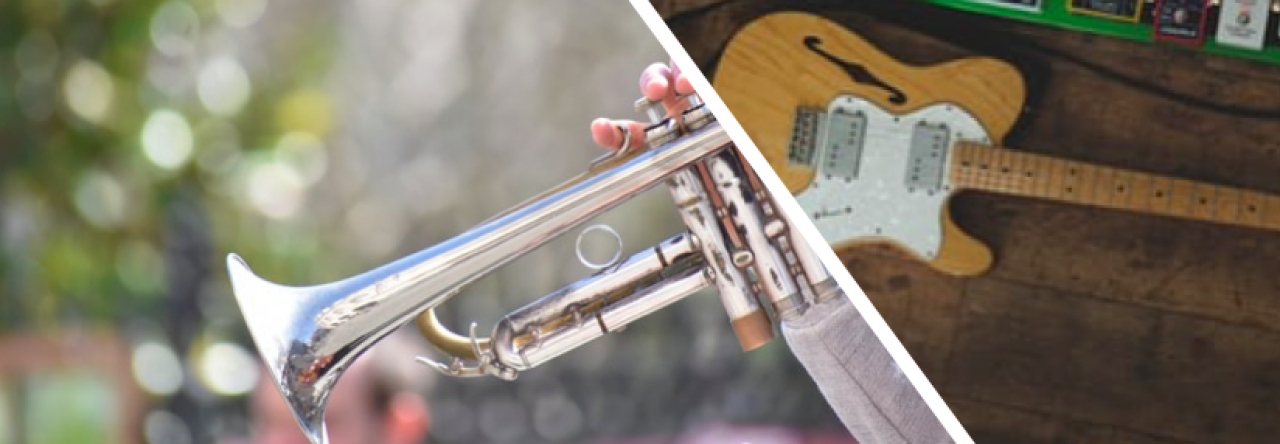My third bass lesson was very brief but I was able to learn a lot about how the left hand works on a double bass. The thumb should be curved and centred (width wise) on the back on the neck. It should slide up and down the neck along with your hand as you shift positions.
There is some controversy on wether or not you should use tapes for beginning bass players. My teacher doesn’t use tapes as he wants the students to start using their ear right away. As he teaches his strings class he usually demonstrates things on the bass for students to be able to see as well. That way the violins, violas, and cellos can still learn and keep up with the class like usual, but the bass players aren’t falling behind in their technique. Of course it would be necessary to demonstrate on the other instruments too (especially at the beginning). The reason some teachers use tapes is so that the bass players can have simple success right away and so that the students don’t have to struggle with hearing such low notes right away. It also may be easier for them to figure out shifting with the tapes as there will be less guesswork involved.
The fingers should be curved onto the neck and not bent too far in any direction. For double bass, you don’t usually use your middle finger in the lower positions. This makes it easier to switch between the large “frets”. If you need to switch positions to play something, you should always get the switch out of the way as soon as possible, then the rest of the notes should fall into place easily.
There was a lot of stray information in this lesson as it was just an opportunity for me to ask questions on all of the things I felt like I was missing from my other two lessons.

Leave a Reply